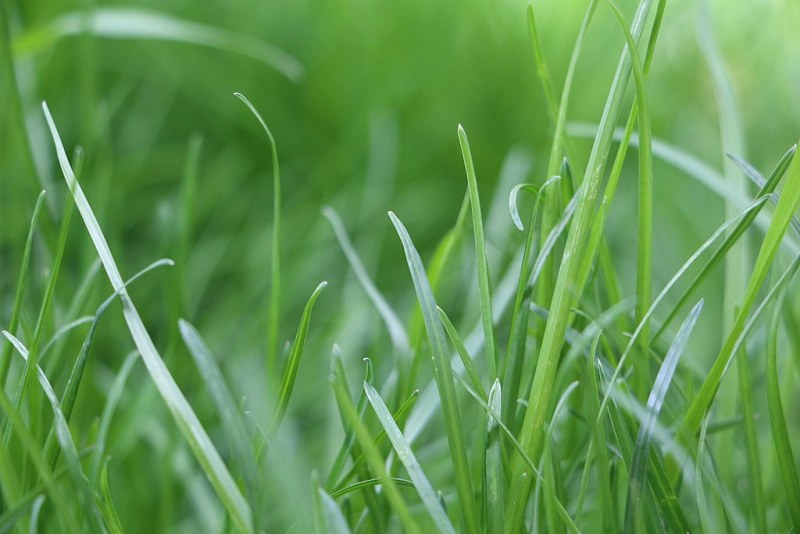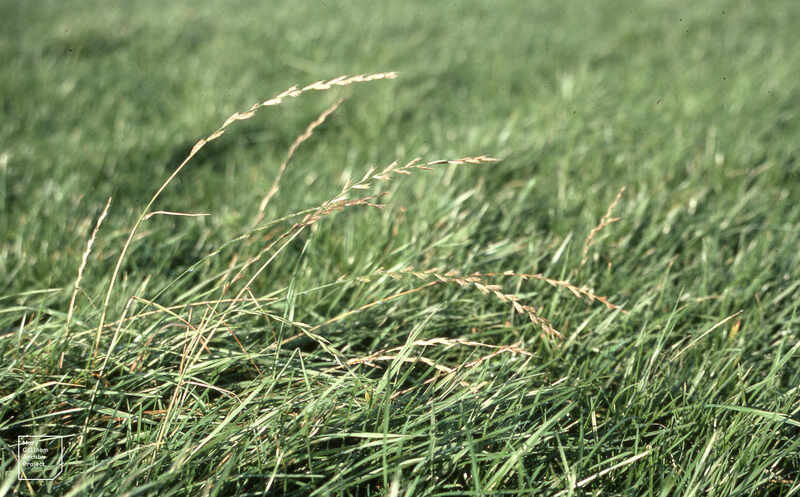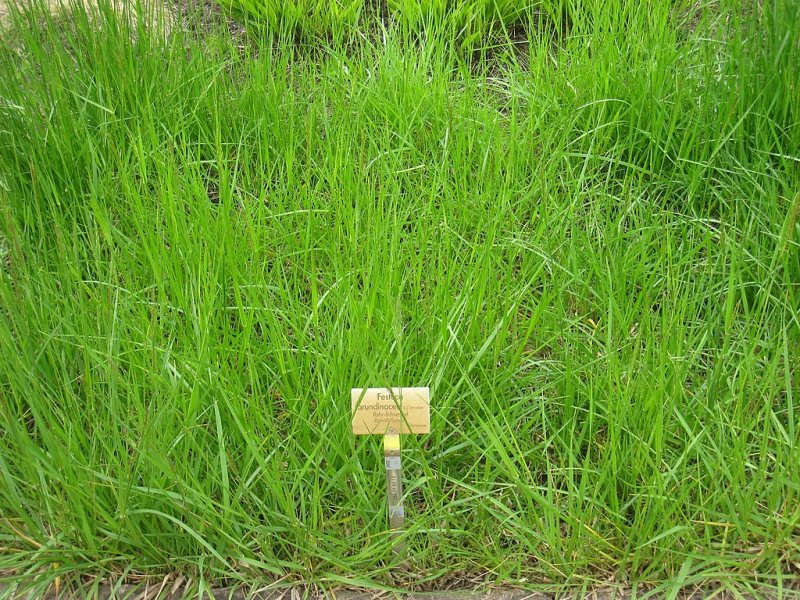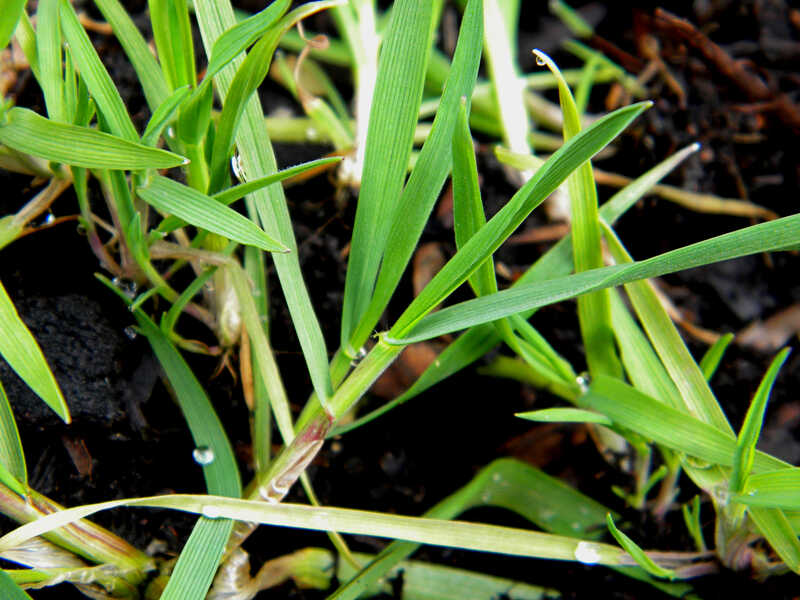4 Grasses That Thrive in Western Carolina
BY JUDITH GALLOVA | MAY 1ST, 2023 | ASHEVILLE, CHARLOTTE, LAWN CARE, NORTH CAROLINAIt would be a shame to have a lawn that doesn’t match the beauty and extraordinary atmosphere of Western Carolina’s wildlife and waterfalls. But not every grass type is the same. If you’re in the market for a lush, green lawn, consider planting one of these 4 grasses that thrive here.
In this article:
- 4 Cool-Season Grasses for Western Carolina
- FAQ About Western Carolina Grass Types
- Choose the Right Grass and Plants for Your Western Carolina Landscape
4 Cool-Season Grasses for Western Carolina
There are two kinds of grasses:
- Warm-season grasses grow most actively in late spring and summer when temperatures are around 75 to 95 degrees Fahrenheit. They perform best in the southern half of the United States.
- Cool-season grasses grow most actively in early spring and fall when temperatures are around 55 to 75 degrees Fahrenheit. They’re well-suited to northern climates with distinct seasons and cold winters.
Given Western Carolina’s temperate climate, both work well, but cool-season grasses are a slightly better option. Let’s explore some popular cool-season grass options.
1. Kentucky Bluegrass

Photo Credit: Pilot138-17 / Wikimedia Commons / CC BY-SA 4.0
Kentucky bluegrass is popular thanks to its picturesque, blue-green turf. It’s a dense grass that can withstand foot traffic, especially during the colder months. While heat may pose some challenges for the grass, it can repair itself if it becomes damaged. It can also withstand drought for some time until it goes dormant.
However, heat isn’t the only problem your Kentucky bluegrass turf may face. Other conditions that can be problematic include shade, diseases, pests, and thatch. Thus, it’s often mixed with other, more resistant grass types to make it more durable.
Classification: Cool-season grass
Spreads by: Rhizomes (underground stems)
Shade tolerance: Tolerates partial shade but prefers full sun
Drought tolerance: High; but long periods of drought will lead to dormancy
Foot traffic tolerance: High in colder weather, lower in warmer seasons
Maintenance needs: Provide an inch of water weekly; mow every 5 to 7 days; fertilize 1 to 3 times a year
Mowing height: 2.5 to 3.5 inches
Potential for disease: Moderate to high; susceptible to diseases such as necrotic ring spots and rusts
2. Perennial Ryegrass

Photo Credit: Dr Mary Gillham Archive Project / Flickr / CC BY 2.0
Our moderate summers and mild winters are the perfect conditions for perennial ryegrass, a bright green, tall grass that can be grown quickly from seed. Once it’s grown in, the grass can handle cold weather, stand up to foot traffic, and make less thatch than other types of grass.
Perennial ryegrass is frequently mixed with other grasses to take advantage of its fast-growing, resistant qualities. But take note that you’ll need to mow it frequently. Additionally, this grass doesn’t self-repair and doesn’t stand up well to shade, excessive heat, drought, or fungal diseases.
Classification: Cool-season grass
Spreads by: Bunches
Shade tolerance: Moderate
Drought tolerance: Low to moderate
Foot traffic tolerance: High
Maintenance needs: Mow and water frequently; fertilize every 4 to 6 weeks
Mowing height: 2.5 to 3.5 inches, depending on species, weather, and intended use; you can cut even shorter, but very short heights need a reel mower
Potential for disease: High, including brown patch, red thread, and rust
3. Turf-Type Tall Fescue

Photo Credit: Daderot / Wikimedia Commons / Public domain
If you don’t want to say goodbye to your green lawn in the winter, look no further. Turf-type tall fescue can form a thick, medium-to-dark green turf that will last all year. It’s resistant to cold as well as shade, heat, drought, and foot traffic, all while being low-maintenance and relatively fast-growing. It’s also a great option for mixing with other grass types to give your lawn more resilience.
Although it’s resistant, turf-type tall fescue can’t self-repair, so be prepared to overseed any bare spots. It will also need frequent mowing.
Classification: Cool-season grass
Spreads by: Bunches, occasionally rhizomes
Shade tolerance: Moderate
Drought tolerance: Very high
Foot traffic tolerance: High
Maintenance needs: Best to mow weekly; requires minimal fertilization; water as needed or your lawn will go dormant
Mowing height: 3 to 4 inches
Potential for disease: Low
4. Fine Fescue

Photo Credit: Bildoj / Wikimedia Commons / CC BY-SA 3.0
Fine fescue is a broad name given to a variety of fescue grasses that differ in maintenance needs, density, germination times, and so forth. However, they’re all distinguished by their fine, thin blades that form a versatile, blue-green turf. Unlike other grass types, fine fescue grows in partial shade as well as drought (although drought may cause dormancy).
Be careful, though. Too much fertilizer can cause high thatch levels. While a little thatch is good, too much can choke the lawn and keep the soil and roots from getting oxygen and moisture. Overfertilization carries other hazards as well, so if you need to fertilize, follow instructions and stick to the amount you need. Moreover, take note that fine fescue isn’t the best fit for foot traffic and is susceptible to diseases.
Classification: Cool-season grass
Spreads by: Depends on the variant; most variants grow in bunches, but creeping red fescue uses rhizomes
Shade tolerance: High
Drought tolerance: High; may go dormant
Foot traffic tolerance: Low
Maintenance needs: Mow every 2 to 3 weeks until growth slows in the summer; fertilize 2 to 4 times a year; aerate once a year
Mowing height: 2.5 to 4 inches; the grass is slow-growing, so taller heights may be preferable
Potential for disease: Moderate
FAQ About Asheville Grass Types
If you want to enjoy time outside with family and friends, you may want a durable grass like Kentucky bluegrass. It’s mainly resistant to foot traffic during cooler months. If damaged, it can self-repair.
Your other options are turf-type tall fescue and perennial ryegrass, which can’t self-repair but can handle foot traffic all year.
The best time to overseed cool-season grasses is in early fall. You want to give your grass at least 45 days to grow before the first frost hits. The risk of frost in Western Carolina begins at the beginning of October, so it’s best to overseed before mid-August.
Although Western Carolina is generally a cool place, it does get warm in the summer. If you want to create a shady lawn oasis, make sure you plant fine-leaf fescue. You can get a fine-leaf fescue and turf-type tall fescue mix to get the best out of both grass types.
If you want to care for your lawn as little as possible, either tall fescue or fine-leaf fescue should be a good fit.
Create a Beautiful Western Carolina Landscape
You chose the right grass type, but what’s next? Once you sow your grass, you want to make sure that you give your lawn the right care all year round. This includes cleaning, dethatching, aerating, overseeding, and fertilizing, among many other tasks that are a necessity for every backyard.
If you’re the type who enjoys spending time on your lawn more than working on it, consider creating a low-maintenance landscape. Not only can this mean planting a low-maintenance type of grass, but it can also mean using xeriscaping, hardscaping, planting easy-care plants, and other low-maintenance tips and techniques.
Still feeling overwhelmed? Consider hiring a professional lawn care service to take care of your lawn for you.
Main Image Credit: Joe Wolf / Flickr / CC BY-ND 2.0